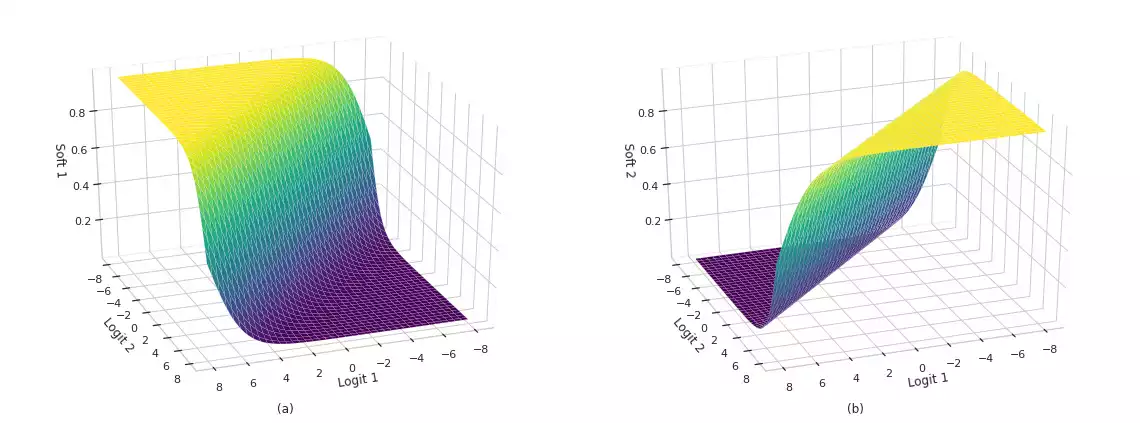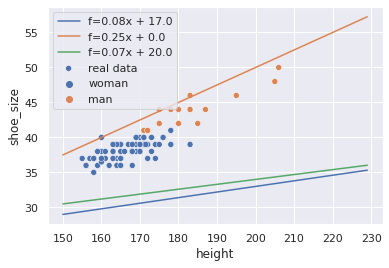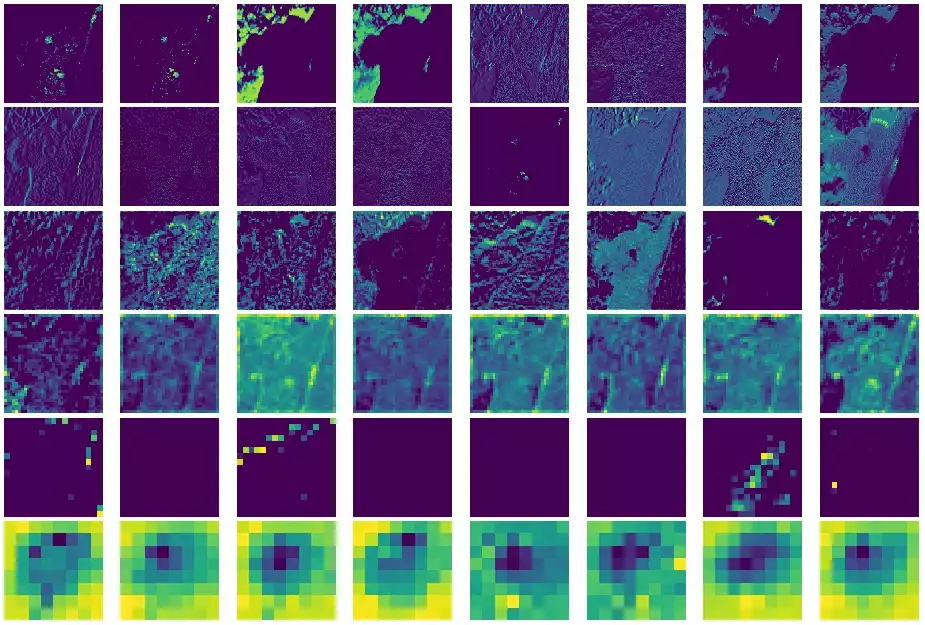Observing Optimizer Behavior over Search Surfaces
Visualizing the training process over various optimization surfaces. – Nov 12, 2024
Training a Machine Learning model consists of traverse an optimization surface, seeking the best solution: the configuration of parameters θ associated to the lowest error or best fit. It would be interesting to have a have a visual representation of this process, in which problems such as local minima, noise and overshooting are explicit and better understood.
ML Optimization VisualizationActivation, Cross-Entropy and Logits
Discussion around the activation loss functions commonly used in Machine Learning problems. – Aug 30, 2021
Activation and loss functions are paramount components employed in the training of Machine Learning networks. In the vein of classification problems, studies have focused on developing and analyzing functions capable of estimating posterior probability variables (class and label probabilities) with some degree of numerical stability. In this post, we present the intuition behind these functions, as well as their interesting properties and limitations. Finally, we also describe efficient implementations using popular numerical libraries such as TensorFlow.
ML Classification Multi-label Linear OptimizationSantos Dumont Super Computer
Accessing and using the SDumont infrastructure for Deep Learning research. – Aug 30, 2021
This manual details the engagement, access and usage of the Santos Dumont Super Computer. This document is profoundly based on the official support manual provided by LNCC, as well as my personal experience in the program (hence, it may not perfectly represent all cases). Its goal is to present information in a more directed manner for users that share my own profile (Deep Learning researchers that prefer the TensorFlow framework and who are familiar with Docker.
DevOps MLSegmentation and Detection
A comparison between edge-based segmentation, Felzenszwalb's method and morphological segmentation. – Jul 16, 2021
Following the pattern of my previous posts, this one is based on an assignment submitted to the class of 2021/1 of course Introduction to Image Processing (MO443) at Universidade Estadual de Campinas. Its goal is to apply segmentation algorithms over images and extract characteristics of the objects using Python programming language and assess its results. We compare strategies such as edge-based segmentation, Felzenszwalb's method and morphological segmentation.
Computer Vision SegmentationK-Means and Hierarchical Clustering
Efficient clustering algorithms implementations in TensorFlow and NumPy. – Jun 11, 2021
Here, our goal is to apply unsupervised learning methods to solve clustering and dimensionality reduction in two distinct task. We implemented the K-Means and Hierarchical Clustering algorithms (and their evaluation metrics) from the ground up. Results are presented over three distinct datasets, including a bonus color quantization example.
ML Clustering TensorFlowThe 2D Fourier Transform
Applying the Fourier Transform over images using TensorFlow. – Jun 9, 2021
Similarly to my previous post, I decided to publish here an assignment that was submitted to a Computer Vision class. Its goal is to apply the Discrete Fourier Transform over images using Python programming language and assess its results. Firstly, I implement low, high and band-pass circular filters in the frequency domain for 2D signals. Secondly, I present two examples: (a) a visualization of the frequency spectrum the when the original signal is rotated; and (b) an image compression strategy based on Fourier Transform.
Computer Vision Fourier TensorFlowA Vectorized Implementation of The Convolution Operation
Implementing a few numeric operations over images using Python programming language. – Jun 8, 2021
In this post, I thought I shared an assignment I have recently done on a Computer Vision class. Although results in Computer Vision are easily represented and interpreted, the implementation of even the most basic operations can be quite challenging. Even when the idea behind some code is trivial, implementations on GitHub and other websites can be quite difficult to understand. A few reasons come to mind, but I believe one to be of paramount importance: vectorization.
Computer Vision TensorFlowClass Activation Mapping
Explaining AI with Grad-CAM. – Mar 23, 2021
Gradient-based methods are a great way to understand a networks' output, but cannot be used to discriminate classes, as they focus on low-level features of the input space. An alternative to this are CAM-based visualization methods.
ML AI ExplainingExplaining Machine Learning Models
Explainability using tree decision visualization, weight composition, and gradient-based saliency maps. – Jan 15, 2021
Estimators that are hard to explain are also hard to trust, jeopardizing the adoption of these models by a broader audience. Research on explaining CNNs has gained traction in the past years. I'll show two related methods this post.
ML AI Explaining Scikit-Learn TensorFlowCaso de estudo sobre regressão linear (in Portuguese)
Uma descrição detalhadas dos princípios da regressão linear, a partir de um caso prático. – Sep 30, 2020
ML não é uma coisa incompreensível. Não funciona pra todos os casos e não vai necessariamente te oferecer uma solução melhor do que uma implementação bem pensada e deterministica num passe de mágica. Tem as suas utilidades. Podemos resolver problemas de uma forma relativamente simples em ambientes dinâmicos e confusos, ou onde não podemos fazer grandes suposições em relação ao seu funcionamento. Esse notebook explica um pouco sobre modelos lineares: como eles funcionam e como utilizá-los de forma eficiente. Espero que seja instrutivo e clareie um pouco do tópico pra todo mundo.
ML Regression Linear Optimization PortugueseIntrodução ao aprendizado de máquina, pt. 4
Convoluções, o início de deep-learning – Dec 24, 2017
Na parte 3, eu mostrei alguns modelos não lineares e como eles lidam com a tarefa de classificação. No geral, redes densas possuem duas ou três camadas. Isso acontece pois observa-se empiricamente que o ganho em validation loss não segue linearmente com a adição de mais camadas. Além disso, este pequeno ganho também pode ser alcançado ao simplesmente aumentar o número de unidades nas camadas já presentes na rede densa. Por quê precisamos da ideia de deep-learning e deep-models, então?
ML Computer Vision PortugueseMultilabel Learning Problems
Dealing with ML classification problems that deal where samples aren't mutually disjointed. – Oct 26, 2017
In classic classification with networks, samples belong to a single class. We usually code this relationship using one-hot encoding: a label i is transformed into a vector [0, 0, ... 1, ..., 0, 0], where the number 1 is located in the i-th position in the target vector.
ML Classification Multi-label











